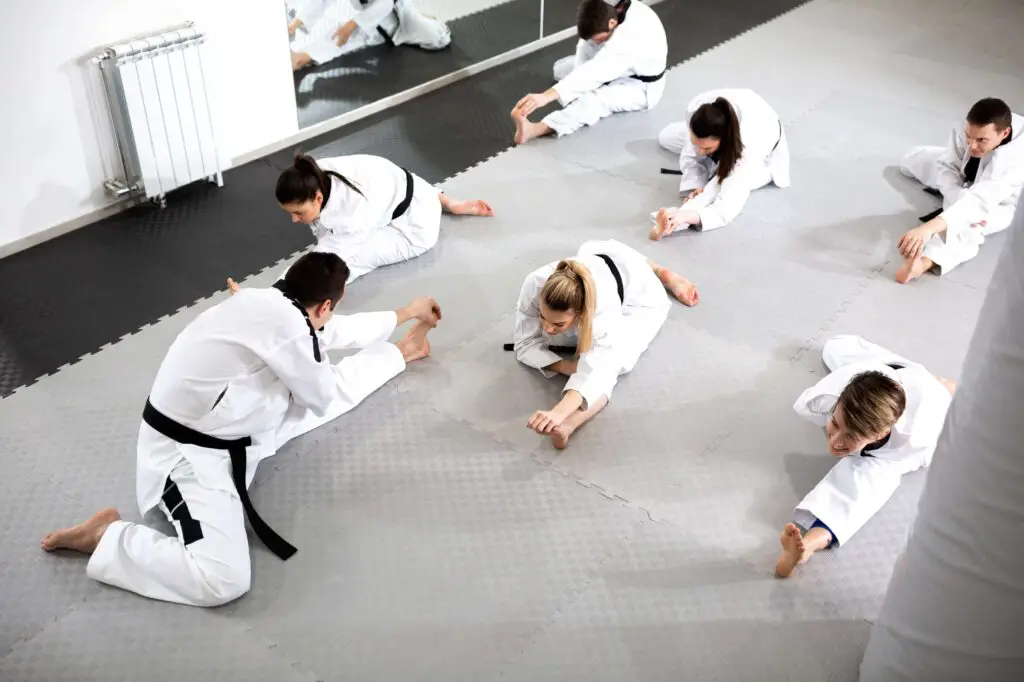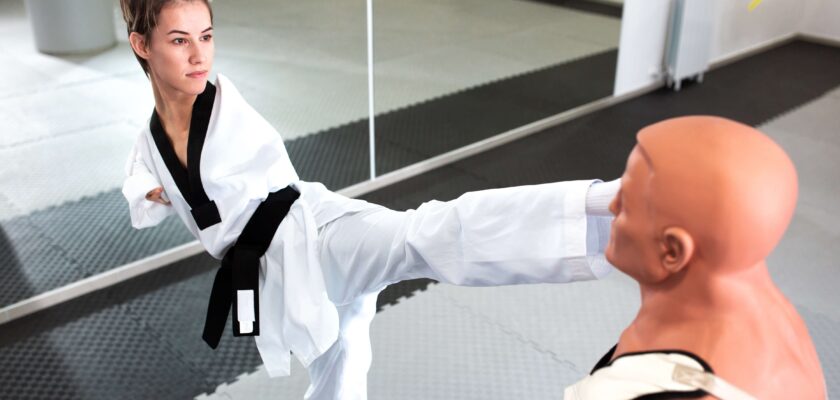The paralympic taekwondo rules are very similar to those of the original sport, except for a few adaptations to meet the athletes’ needs. Check out how the scoring works, the categories, the classes and much more.
These para-taekwondo rules serve to ensure safety, equity and fair competition.
By offering an adapted competitive environment, para-taekwondo celebrates the athletic ability of the participants, but also reinforces the fundamental values of the sport, such as respect, discipline and overcoming.
With this, the rules of paralympic taekwondo not only define the competitive framework, but also promote a spirit of fair play and inclusion, essential for the continued growth and recognition of para taekwondo on the global sports scene.
Open your Betano account and get up to 1,000 reais in bonuses.
PIX payments, live games and super odds!
Click here to open your account!
Paralympic taekwondo rules
Among the main rules of paralympic taekwondo, we can highlight that each fight consists of three rounds of two minutes each, with a one-minute break between rounds.
The rules of paralympic taekwondo help ensure fair competition
The competition area is an 8m x 8m mat, similar to the one used in conventional taekwondo.
As far as equipment is concerned, athletes must wear electronic vests, helmets, shin guards, forearm guards, gloves and mouth guards. The use of electronic vests is essential for the automatic scoring of blows.

Paralympic taekwondo scoring system
Paralympic taekwondo scoring is based on strikes. More precisely, points are awarded for valid kicks to the torso and head.
- Kick to the torso: 2 points.
- Head kick: 3 points.
- Spinning kick to the torso: 4 points.
- Spinning kick to the head: 5 points.
An athlete wins by accumulated points at the end of the three rounds. Victory by knockout (KO) occurs if an athlete is unable to continue the fight.
Victory by technical superiority (PTF) can be declared if there is a considerable points difference.
Ties are decided by a sudden death round or by the technical superiority criterion (first to score in the additional round).
There is also a video review system, used to verify disputed scoring decisions and penalties. Each coach is entitled to one review request per fight.
Prohibitions in paralympic taekwondo
There are some prohibitions in paralympic taekwondo, designed to ensure the safety of competitors and to maintain a fair and balanced competition. Here’s what’s forbidden:
- Strikes with the hands.
- Attacking an opponent who is already on the ground.
- Kicks or any type of attack below the waist.
- Any type of blow using the head, elbows or knees.
- Disrespect towards the opponent, referees, coaches or officials is prohibited.
- Any action that is intentionally dangerous or could cause serious damage to the opponent.
- Leaving the competition area to avoid combat.
- Deliberately stepping outside the competition area to avoid an attack or gain an advantage.
- Holding the opponent’s uniform or body to prevent an attack.
- Blocking an attack with an open hand or pushing the opponent.
- Faking an injury to gain time or a tactical advantage.
- Exaggerating the effect of a blow to influence the referees’ decision.
- Using any unauthorized or modified protective equipment.
- Wearing uniforms or equipment that do not comply with official rules.
Violations of these prohibitions result in penalties. Each violation can result in the deduction of points from the offending athlete. There are also warnings issued for minor and repeated violations, which can lead to points being deducted if accumulated.
Serious or repeated violations can result in the athlete being disqualified, ending their participation in the fight.
Paralympic taekwondo classes
The rules of paralympic taekwondo are very similar to those of the original sport
In paralympic taekwondo, the classes are defined by the letter P (poonse – form) and K (kiorugui – fight). The Poonse class is contested by athletes with visual impairment P10, intellectual impairment – P20, physical impairment – P30 and short stature – P70.
While the KP60 class is for the deaf, the Kiorugui class is for the physically disabled – K40.
The classes are identified as K44 (less severe) and K43 (more severe), based on the functionality of the arms.
At the Paralympic Games, we only have K44, which involves the following disabilities:
- Unilateral amputation of the elbow up to the joint of the hand
- Unilateral dysmelia
- Monoplegia
- Mild hemiplegia
- Size difference in lower limbs
- Bilateral amputation from elbow to hand joint
- Bilateral dysmelia
Weight categories in paralympic taekwondo
In addition to class divisions, para-taekwondo athletes are divided into weight categories:
Male
- Up to 58kg
- Up to 63kg
- Up to 70kg
- Up to 80kg
- Over 80kg
Female
- Up to 47kg
- Up to 52kg
- Up to 57kg
- Up to 65kg
- Over 65kg
We hope that the rules of paralympic taekwondo have become clearer. And if you want to keep up to date with everything that’s happening in the taekwondo world – and, indeed, other fights and even other sports – be sure to follow our website:





